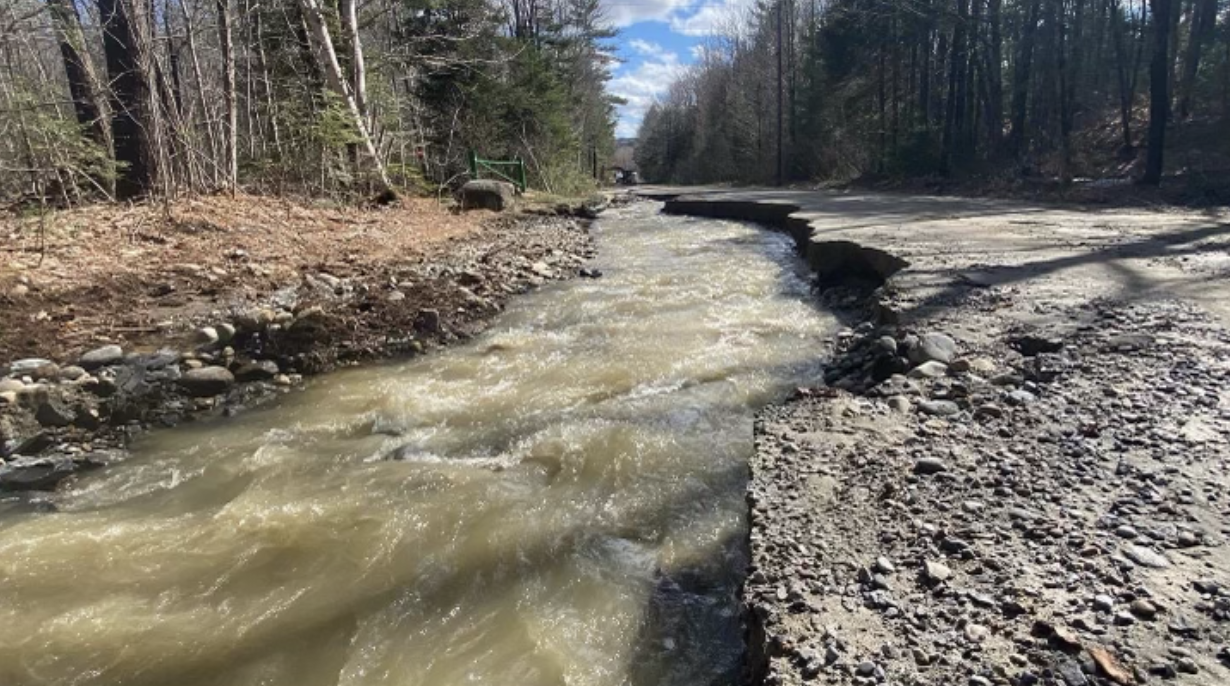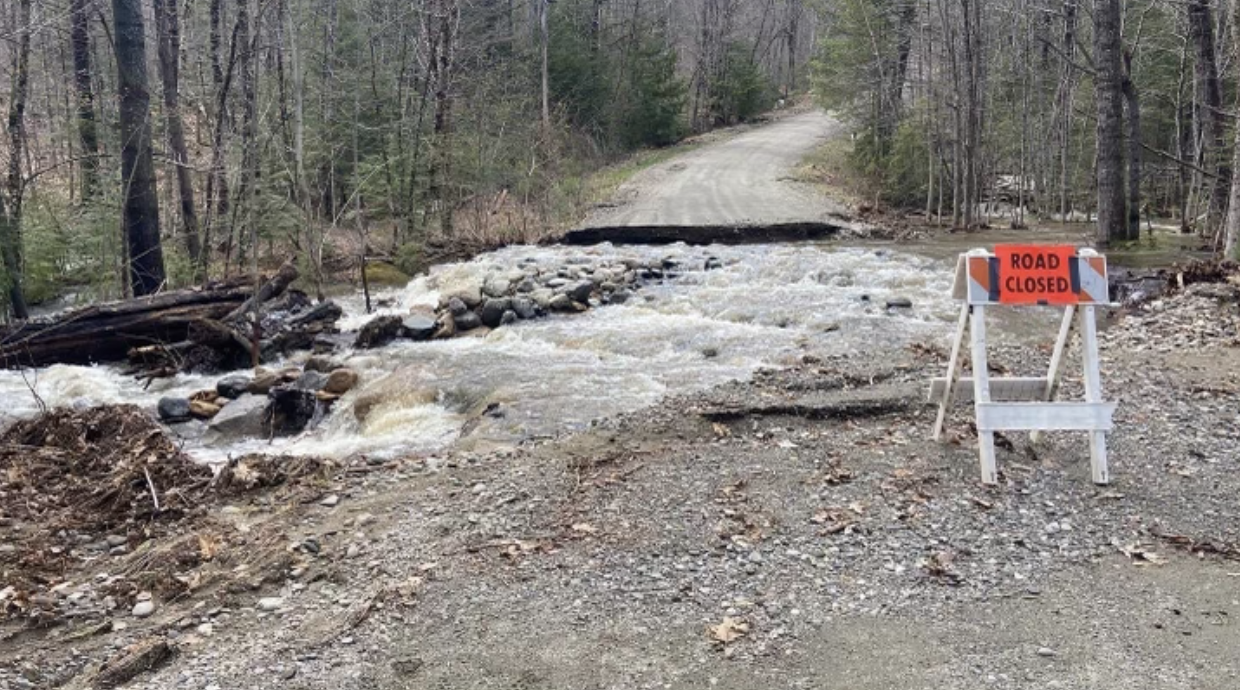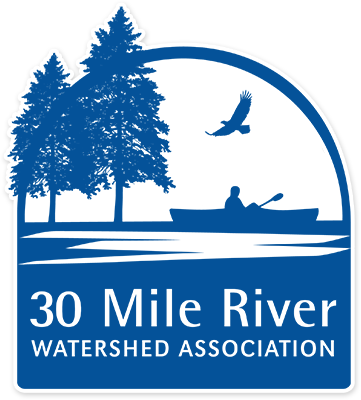In 2020, the Maine Climate Council completed the Scientific Assessment of Climate Change and Its Effects in Maine. We currently know that these extreme weather events are becoming more common across the northeastern U.S. and Maine. Heavy precipitation in the northeastern U.S. has increased at a higher rate than any other region of the country. Nine of the eleven long-term weather records in Maine show the most extreme rain events (>2”/day) have occurred in just the past two decades. Further analysis of rainfall data from nearby Farmington, ME shows that this increase has come from 1″ and 2″ rain events, though extreme events of 3″ and 4″ or more are also more frequent. Overall, there has been an increase in the frequency of extreme precipitation events since 2000, with 10-15 more events occurring per year compared to the previous century of data.
To handle these events, the infrastructure must be designed appropriately. During these intense storms, every undersized culvert or crossing in our watershed becomes a bottleneck for water and runoff. When a culvert cannot handle the volume of water flowing to the crossing, water will rise on the upstream end, and can flow over the road. With enough velocity, the water can quickly erode the road surface and/or base, sometimes washing away the road and culvert completely. This not only threatens public safety, but also delivers an unprecedented amount of sediment and phosphorus to the downstream river, stream, or lake.
Programs like Maine Audubon’s StreamSmart support municipalities and private landowners with training and workshops for installing and upgrading undersized culverts and crossings. Using StreamSmart principles when upgrading culverts is a good idea for all landowners. Appropriately-sized road crossings last longer than traditional culverts, reduce maintenance costs, and save landowners money long term. Properly designed stream crossings typically withstand flooding and fare better during the increasingly intense storms we are experiencing. Remember, prevention is always cheaper than remediation!
Tips for erosion prevention:
Stream crossings: Upgrade problem culvert crossings to StreamSmart crossings. In general, a StreamSmart crossing will span the stream – making the road invisible to the stream channel below.
Culverts: Culverts should be at LEAST 1.2 times the average bankfull width of the stream or drainage channel – the width at the top of the streambanks where any further water level rise would result in water moving out of the channel and into the floodplain. For example, a stream or channel with an average bankfull width of three feet will require a culvert roughly four feet in diameter. For culverts at stream crossings, consider installing a bottomless structure. Driveway and camp road drainage culverts should be no less than 18-24” inches in diameter. Check culverts periodically to be sure they are not blocked.
Camp roads: Maine’s Gravel Road Maintenance Manual is a fantastic resource for private road owners and road associations to help improve and maintain a gravel road with proper drainage and ditches that will be resilient and also protect the quality of water in nearby lakes.
Shorefront property: Higher lake levels during intense rainstorms put your property at greater risk for erosion. High amounts and greater velocities of runoff will exit your driveway surface and camp roofs. Installation of conservation practices that capture and treat this runoff are key to protecting both your property AND the lake. Deeper (wider) stands of shoreline vegetation will offer the best protection.



This article was included in 30 Mile's May 2023 newsletter. To view the full newsletter, click here.
